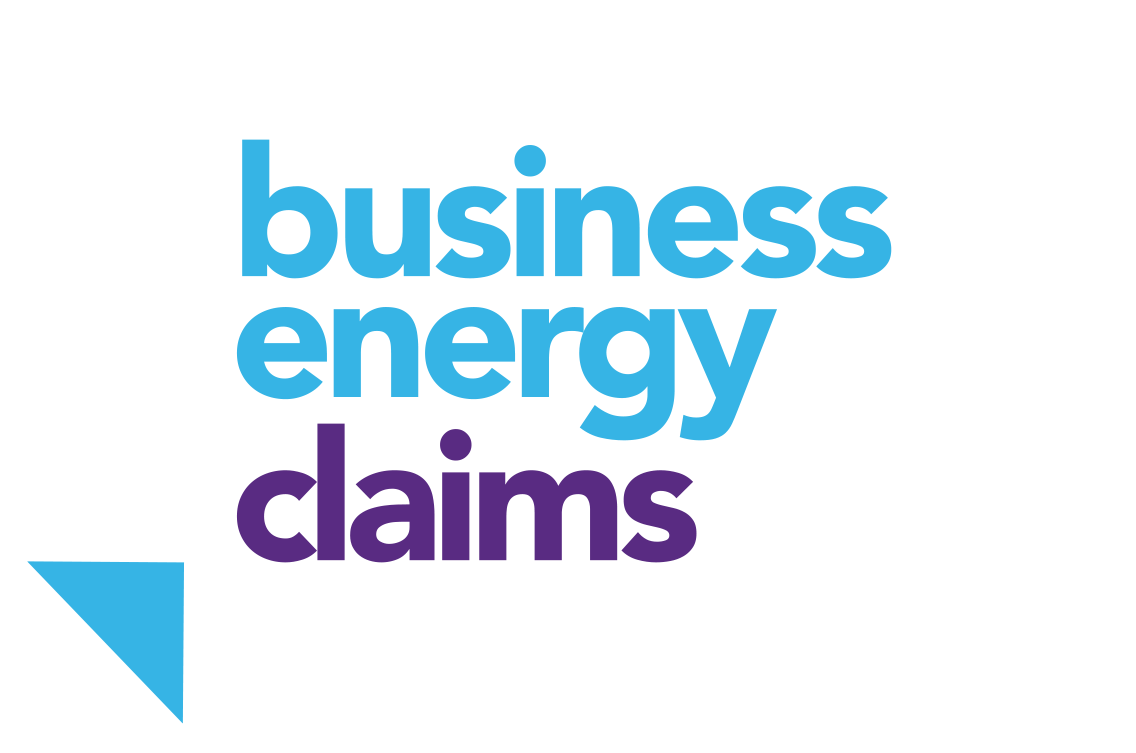Business energy bills can be complex, with multiple charges and jargon that can be confusing. Breaking down your utility bill helps you understand what you’re paying for and where you might be able to save.
Follow our Understanding Your Energy Bills blog series to learn more.
Key Components of a Business Energy Bill
- Unit Rate:
The price you pay per kilowatt-hour (kWh) of energy used. This is the main variable part of your bill and is based on your actual or estimated usage. - Standing Charge:
A fixed daily fee for being connected to the energy network, covering infrastructure and admin costs. - Taxes and Levies:
- VAT: Charged at 20% for most businesses.
- Climate Change Levy (CCL): An environmental tax to encourage energy efficiency.
- Non-Commodity Costs:
These include charges for maintaining the national grid, government policy costs (like Renewables Obligation, Feed-in Tariffs, Contracts for Difference) and transmission/distribution fees. - Account and Payment Information:
Details about your account, payment due dates, and methods.
Why Is It Important to Understand Your Bill?
- Spot errors or overcharges
- Identify areas for savings
- Compare suppliers more effectively
Understanding your business utility bill is the first step to managing your energy costs. If you’re unsure about any charges, ask your supplier for a detailed breakdown or consult an energy expert.
Think your business may have overpaid on energy bills?
A recent landmark court ruling means you could be entitled to reclaim thousands of pounds in hidden broker fees or mis-sold energy contracts.
Contact Business Energy Claims today to find out if you’re eligible.
